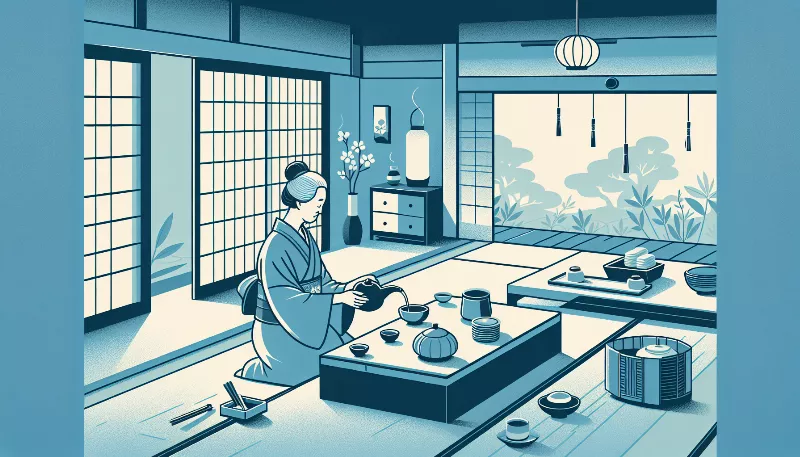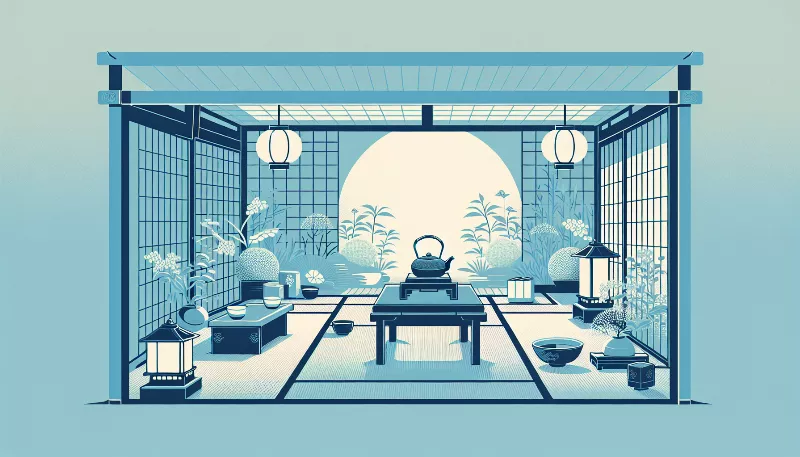What are the historical origins of the Japanese tea ceremony?
Discover the ancient roots of Japan's tea ceremony. Unveil the traditions & cultural significance behind this serene ritual. Immerse in history with us!

Embarking on a Journey Through Time: The Birth of the Japanese Tea Ceremony
Imagine stepping into a world where every movement is deliberate, and every sip of tea is a whisper from the past. This is the realm of the Japanese tea ceremony, also known as 'Chanoyu' or 'Chado', which translates to 'The Way of Tea'. The historical origins of this intricate cultural practice are as rich and complex as the flavors of the tea itself. Let's embark on a journey through time to uncover the roots of this serene tradition.
The Chinese Influence and the Introduction of Tea to Japan
The story of the Japanese tea ceremony begins in the 9th century when tea was first introduced to Japan from China. It was initially used for medicinal purposes by Buddhist monks to stay awake during long meditation sessions. Over time, it became a status symbol among the Japanese nobility, who enjoyed tea for its taste and stimulating effects.
The Zen Connection and the Philosophy of Tea
As the culture of tea drinking evolved, it became intertwined with Zen Buddhism. The 12th century saw the rise of a more spiritual approach to tea, influenced by the teachings of Zen monks. The focus shifted from the tea itself to the act of preparing and consuming it as a meditative practice. This laid the groundwork for the tea ceremony's emphasis on mindfulness and simplicity.
The Transformation Under Sen no Rikyu
The pivotal figure in the history of the Japanese tea ceremony is Sen no Rikyu, a 16th-century tea master who elevated the practice to an art form. Rikyu's influence was profound; he established the principles of harmony ('wa'), respect ('kei'), purity ('sei'), and tranquility ('jaku') that are still central to the ceremony today. He also introduced the concept of 'wabi-sabi', the appreciation of beauty in imperfection and transience, which became a core aesthetic of the tea ceremony.
The Spread and Diversification of Tea Practices
After Sen no Rikyu, several schools of tea ceremony emerged, each with its own interpretations and styles. These schools helped spread the practice throughout Japan, making it accessible to a wider audience beyond the elite. The tea ceremony became a way to cultivate artistic appreciation, social connections, and spiritual contemplation.
Tea Ceremony in Modern Times
Today, the Japanese tea ceremony is celebrated not only as a traditional cultural activity but also as a living art that continues to evolve. It remains a testament to Japan's history, aesthetics, and philosophy, offering a tranquil escape from the hustle and bustle of modern life. The historical origins of the tea ceremony are a reminder of the timeless values of attention to detail, respect for nature, and the pursuit of inner peace.
In conclusion, the Japanese tea ceremony is a fascinating tapestry woven from threads of history, culture, and spirituality. Its origins reflect a confluence of influences from ancient China, Zen Buddhism, and the visionary tea master Sen no Rikyu. As we partake in this ceremonial dance of hospitality and artistry, we are not just enjoying a cup of tea; we are sipping from the very essence of Japanese heritage.






